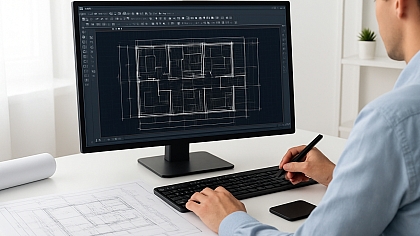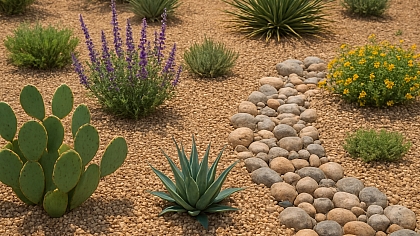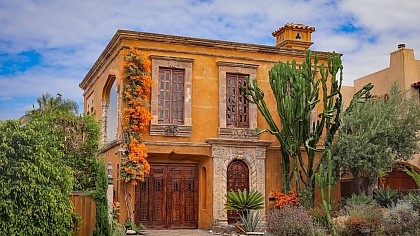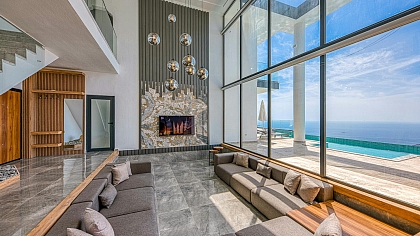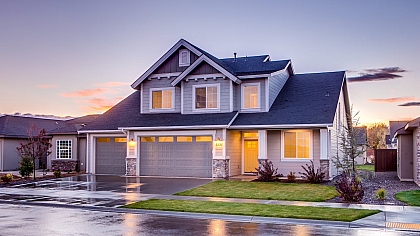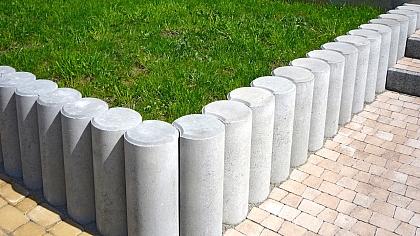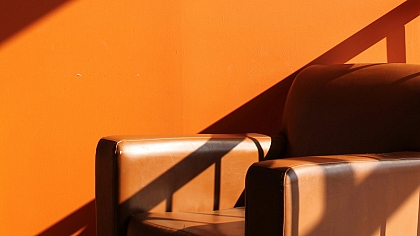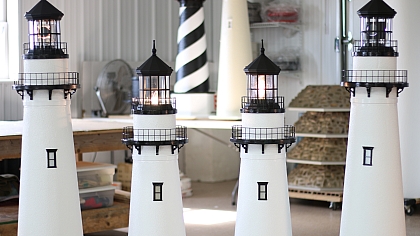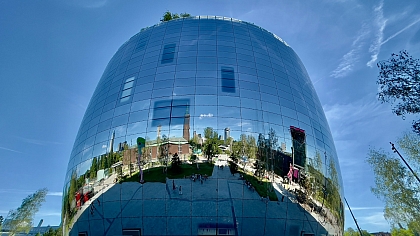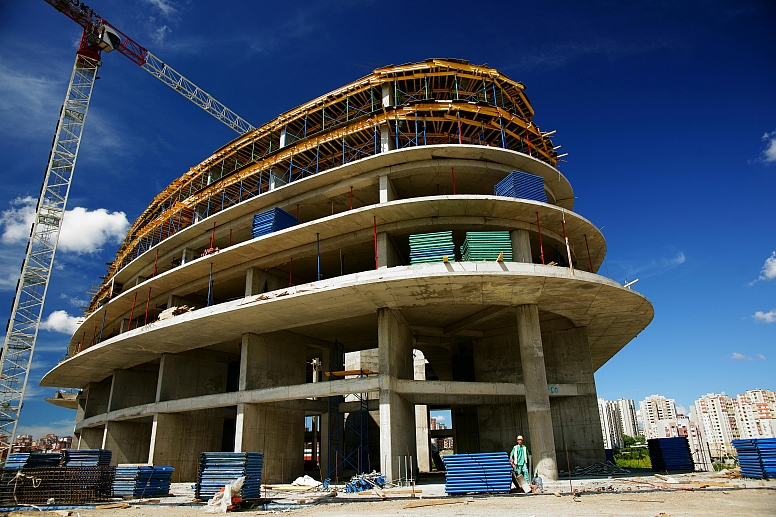
Modern Multifamily Design Trends: What Renters Want in 2025
Modern renters seek efficiency, convenience, and an improved quality of life in addition to a place to live. The battle for renters drives many apartment buildings to incorporate forward-looking architectural elements that enhance comfort and utility. Now, defining the housing market, open layouts, environmentally friendly materials, and creative technologies satisfy changing demographics and changing work patterns.
Those features that stray from these patterns run the risk of losing appeal to renters who give well-designed environments supporting production, leisure, and community involvement top importance.
Rising urban density forces builders to balance smart space use with sustainability and digital connectivity to ensure that varied housing satisfies not only current but also future needs as well as those of the surroundings. Not only on occupancy maximisation but also on a premium living experience supporting tenant satisfaction and long-term retention takes the front stage now.
Smart and Adaptable Spaces in Modern Manufacturing Construction
Beyond traditional designs, developers are creating flexible, technologically driven living areas that satisfy changing tenant needs. Modern multifarious buildings support hybrid working models and changing lifestyles by combining modular walls, convertible furniture, and flexible working spaces.
Keyless access, automatic climate control, and artificial intelligence-powered lighting are becoming standard, helping to drive smart buildings toward better energy efficiency.
Prefabricated building methods not only speed up project completion but also ensure long-term cost economy and sustainability. Renters search for locations that combine appearance with utility; thus, developers have to strike a mix between modern architecture and economy.
As market competition gets more intense, properties embracing adaptive living solutions are more suited to attract long-term tenants who value both creativity and comfort in their housing decisions.
Sustainable Intentions Reflected in Green, Energy-Efficient Designs
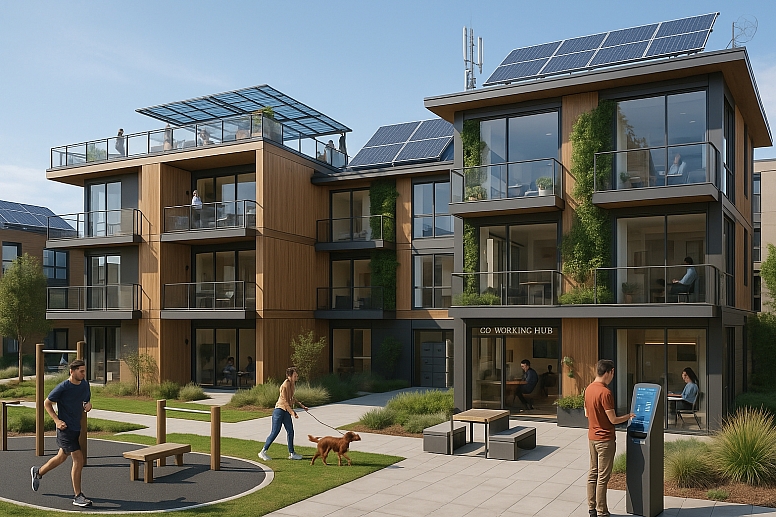
Environmentally conscious renters are guiding many apartment projects to use green building methods that give environmental responsibility and the energy economy a priority. Modern homes have solar panels to cut running costs and energy consumption, creative insulation, and rainwater collecting systems.
Demand for sustainable materials—such as recycled wood and low-VOC paints—is influencing both inside and outside design decisions and generating better living spaces that enhance tenant well-being.
LEED and WELL certifications improve buildings and complement their environmental sustainability commitment, even while they draw tenants seeking better, more conscientious living quarters. Beyond reducing carbon footprints, builders know that sustainable designs help to save long-term expenses. Thus, they are a strategic investment for property owners as well as for renters who share environmental consciousness.
Modern Technology Enhancement of Everyday Life
Since renters want flawless digital experiences, modern multifarious living now mostly depends on smart home integration and rapid connectivity. While digital concierge services simplify daily tasks, automated lighting, artificial intelligence-driven climate control, and touchless entrance systems offer extra convenience and security.
Investing in fibre-optic networks and 5G compatibility will help developers meet the rising demand for continuous internet access—a top issue for tech-savvy consumers and remote workers. Smart building management systems help reduce costs and increase tenant satisfaction using energy use optimisation and the projection of maintenance needs.
When multifamily construction integrates technologically driven solutions, modern renters seeking efficiency and digital connectivity experience a more sophisticated living environment, giving these properties a competitive edge.
Community-Centred Buildings Transform Many Kinds of Living
Modern tenants are paying more and more attention to shared facilities outside of their homes, supporting social interaction, wellness, and convenience. These days, many different apartment buildings feature rooftop lounges, co-working spaces, and contemporary fitness centres—all of which contribute to creating active communities inside residential buildings.
Apartment residents who value social interaction and experiences driven by their way of life will especially find appeal in pet-friendly parks, outdoor entertainment venues, and communal gardens.
Inspired by hospitality, well-chosen events and concierge services enhance the whole resident experience and support apartment communities to feel more like sophisticated havens.
For developers who provide community-centred amenities, the first focus should be on realising that renters search for a dynamic, captivating environment that enhances their daily life and strengthens their connection to their surroundings, not only for a place to live.
Flexibility, sustainability, and innovation will shape multifamily housing in 2025 as renters prioritise smart design, eco-friendly features, and technology-driven conveniences. Developers who integrate these trends enhance tenant satisfaction and long-term property value, ensuring competitiveness in an evolving housing market.
By redefining urban living with a focus on efficiency, community engagement, and forward-thinking design, multifamily properties are becoming more desirable, offering modern renters a dynamic and sustainable living experience.

